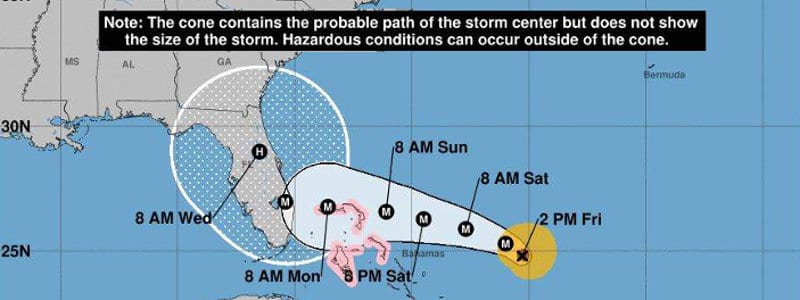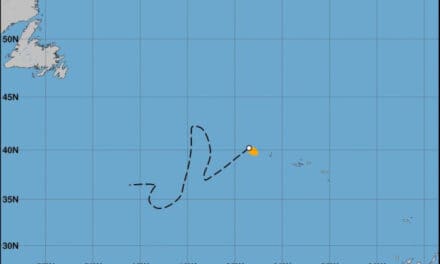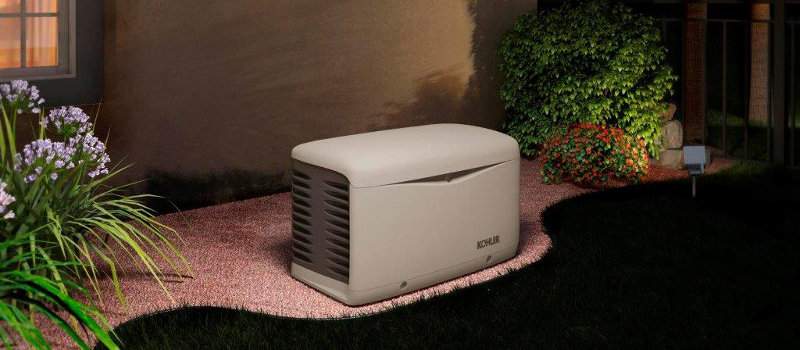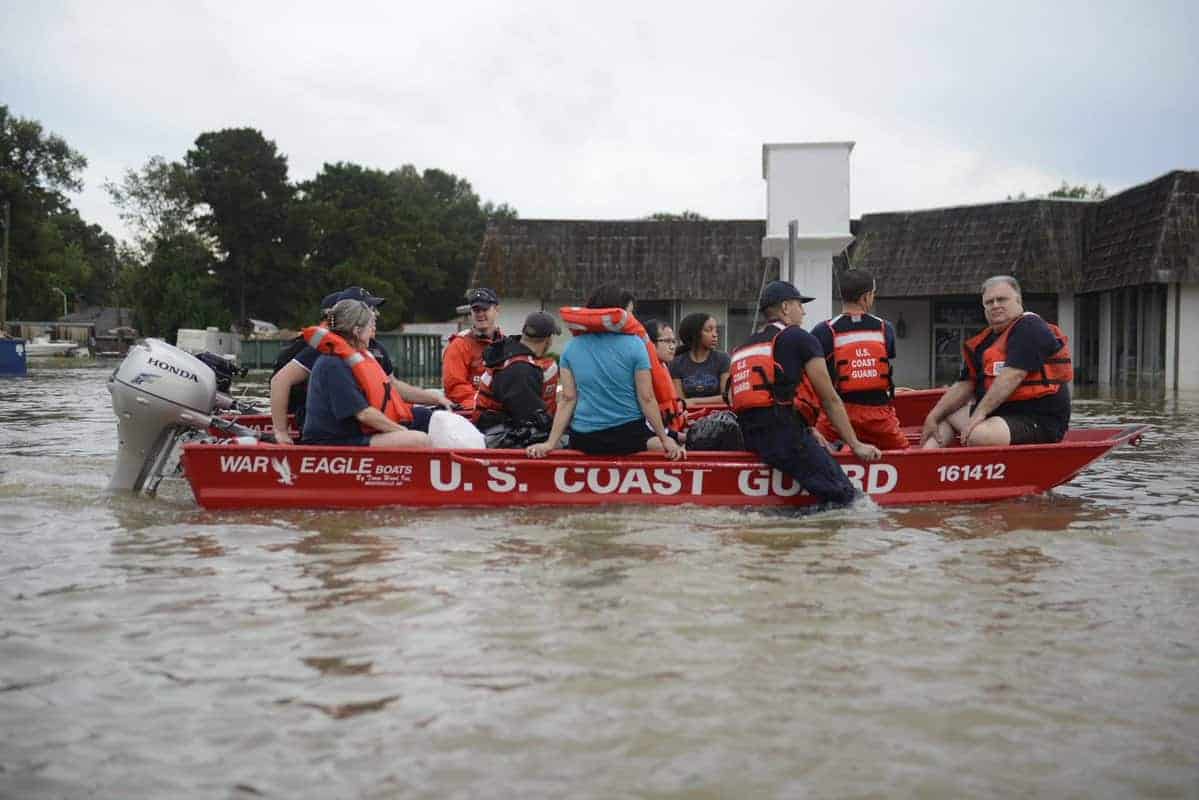The strong winds found within a hurricane are a powerful force driven by heat from the sun. Solar energy warms the surface of the ocean and evaporates water. The water vapor rises until it encounters a layer of cold air, where it condenses into clouds. As it condenses, each water droplet releases a small amount of energy that pushes the air away from the droplet.
Individual droplets only contains a tiny amount of energy, but combined with trillions of water molecules, the air begins to move faster and faster until it exceeds 74 miles per hour and the storm becomes a hurricane.
The winds in a hurricane move in a circular motion around the center of the storm. As the wind moves, it pulls water in from the edges of the storm and pushes it into a large, dome-shaped mound of water. A smaller, secondary mound is also formed when high atmospheric pressure outside the hurricane pushes down on the water. The very low pressure found inside the eye of the hurricane allows the water to rise into a mound.
Most people associate hurricanes with extreme winds, but the storm surge causes more destruction. The mounds of water move with the cyclone and as it reaches land, the water surges over beaches, storm walls, and up waterways to flood any land lower than the height of the water. The storm surge was 25 feet high during Hurricane Katrina.
Hurricane Damage
All hurricanes are capable of causing widespread damage to homes, businesses, and infrastructure including roads, highways, and the electrical power grid. Because extensive damage is spread over wide areas, it can take weeks before services are restored to all areas. Crews are hindered by washed out roads, downed trees and power lines, and debris from the damage.
You can protect your home from the winds and rain, but coastal flooding caused by the storm surge is almost impossible to stop without a seawall that protects the entire area. If you’re in the path of a major hurricane of category three to five, it is best to evacuate and come back to repair the damage rather than risk life or limb by riding out the storm. Even less intense category 1 and 2 hurricanes can flood low-lying areas with a surge of water.
Hurricanes leave millions of utility customers without power when the storm knocks trees down on power lines, takes out utility poles, and or substations are flooded. Repairs can take weeks and few customers find their power back on in the days immediately following the storm.
Keeping the Power On
A standby generator can keep your home supplied with power for essential circuits and make the weeks that follow a hurricane much more livable. They operate automatically and don’t require continuous filling with hard-to-find fuel since they operate on your home’s natural gas or LP gas supply. The food in your refrigerator stays cold, the air conditioner or furnace keeps you comfortable, and your other essential appliances continue to operate―all without your intervention.
Another option is a portable generator with a manual transfer switch. When power is lost, the generator is connected to the home through an inlet box and the manual transfer switch allows it to power your essential circuits while keeping it isolated from the utility company lines. This protects utility line workers and prevents the generator from trying to supply the entire neighborhood with power.
Portable generators require a steady diet of fuel, usually gasoline which can be hard to find during an outage, since gas stations require electric power to dispense it.
Planning
Don’t wait for a hurricane or other tropical cyclone to threaten your home and family. Make plans now that include methods for protecting your home, evacuation routes and destinations, supplies, food, and a source of backup power.

















